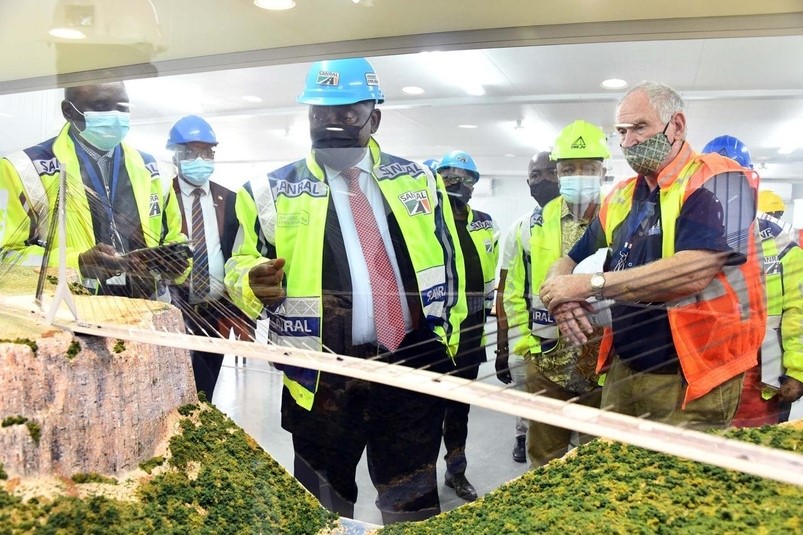WHILE the state has a clear role to play in job creation, it is ultimately the private sector that creates the most jobs, says president Cyril Ramaphosa.
Speaking in parliament on Wednesday, Ramaphosa highlighted China as a good example of mixed economic growth, and noted the private sector currently employs some three-quarters of South Africa’s workers and accounts for over two-thirds of investment and research and development expenditure.
In South Africa, the number of people employed in the public sector increased from 1.9 million in 2002 to 2.8 million in 2017.
Over the same period, the number of people employed in the private sector increased from 8.2 million to 13.5 million.
“South Africa is not alone in seeking to rapidly expand our productive capacity by unleashing the potential of the private sector,” Ramaphosa said.
“One just needs to look, for example, at the approach taken by China under Deng Xiaoping to mobilise private capital and promote private enterprise to meet the country’s developmental needs.”
Ramaphosa pointed to a Daily Maverick article by Prof Tshilidzi Marwala of the University of Johannesburg which shows how China also developed its economy over the past three decades.
In 2018, 87% of urban employment in China was from the private sector compared to 18% in 1995. At the same time, the total GDP increased from $734 billion in 1995 to $13 trillion in 2018.
“We therefore do not accept that we must make a choice between a developmental state that drives economic and social transformation, and a vibrant, expanding private sector that fuels growth and employment.
“We do not agree that by recognising the role of business in creating employment that we diminish the central role of the state in coordinating, planning and guiding the development of the economy,” Ramaphosa said,
The president said his government plans to pursue both a capable developmental state and a dynamic and agile private sector, which work together and complement each other.
“This is what we mean when we talk about a mixed economy that draws on the resources, strengths and capabilities of both public and private sectors.”
- * BusinessTech



